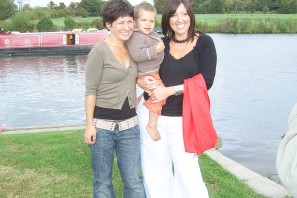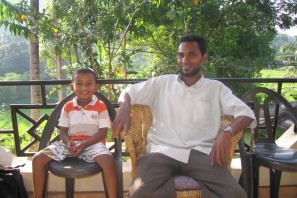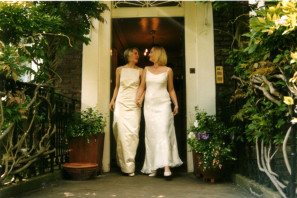About this Collection
What do I want to find out?
- Discover pupils´ attitudes towards a diverse range of families.
- To what extent pupils are comfortable using appropriate language in relation to ethnicity and sexuality.
What do I need?
- 10-12 photos of a diversity of families that represent same-sex parents, single parents, extended families, dual heritage families, adoptive families, families with disabilities, and families with and without children in order to compare responses
- A question sheet asking: Is this is a family?
What do I do?
Timing: 10 minutes
- Show pupils the photographs one at a time.
- Ask pupils either in groups, as a whole class or individually: Do you think this is a family? Make sure you follow it up by asking them for their reasons in as much detail as possible.
- If prompts are needed, these may be useful, but make sure to use the same ones with all pupils:
- There are no right or wrong answers, it’s ok to say what you think
- What do you think makes up a family?
- What is important for a family to be happy?
- Record all the pupils’ discussion, and the final decisions, if the group is divided in opinion, record both responses
How do I analyse the results?
- Look at the number of times each image is considered to be a family, not considered to be a family or the group or pupil is unsure. Are there particular types of family pupils feel very certain about? Do they use the words normal or proper in relation to particular types of family?
- Evaluate the comments and reasons give, to gain an overview of the pupils’ attitudes.
- Look for the extent to which pupils are aware of the diversity of families, and that any group of people may be a family
- Note the extent to which pupils’ responses indicate a respect for the equal value of all types of family
- Record any terminology or language misused or used correctly, or any reluctance to use certain terminology such as the word ‘gay’.
How do I measure the change?
- Depending on the time between each audit, you can repeat the activity exactly, or use an alternative set of photos based on the same criteria
- Look for an increase in the number of pupils who consider groups of people in the photographs to be families.
- Note to what extent pupils are certain or uncertain of their answers. Do pupils identify that anyone could be a family if they chose to call themselves that? Are pupils able to be critical of the activity itself, or challenge one another’s views?
- Notice whether pupils raise any other issues connected to families from current events or activities around school.
- Look for any positive change in the ability of pupils to use appropriate language




